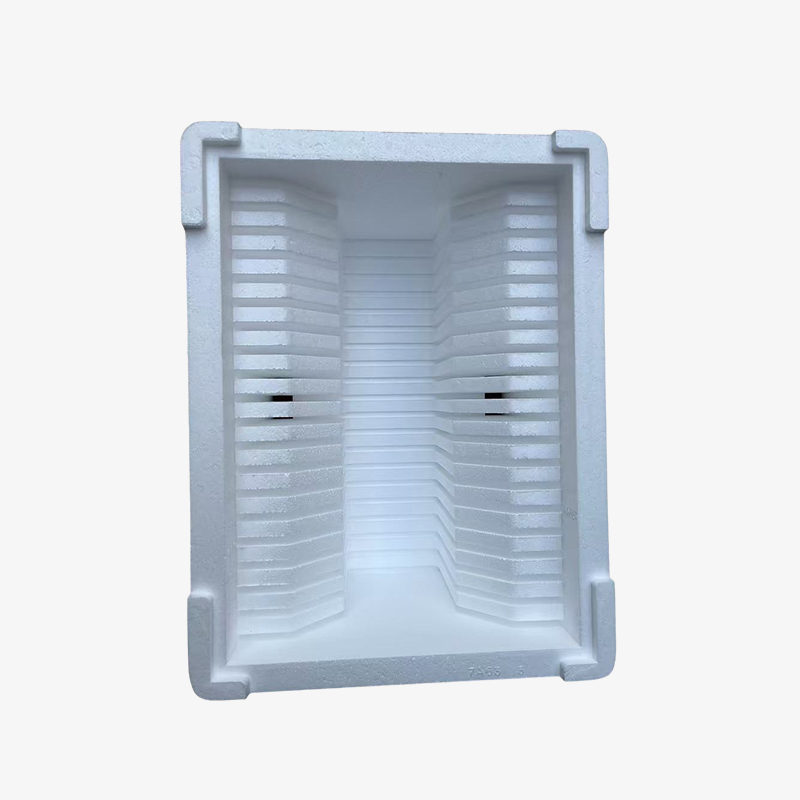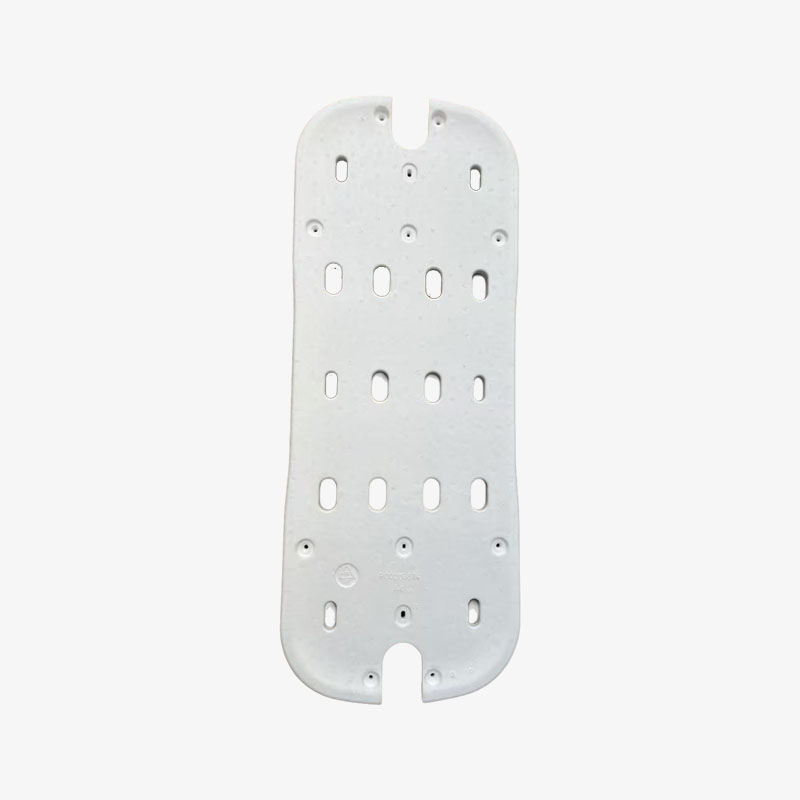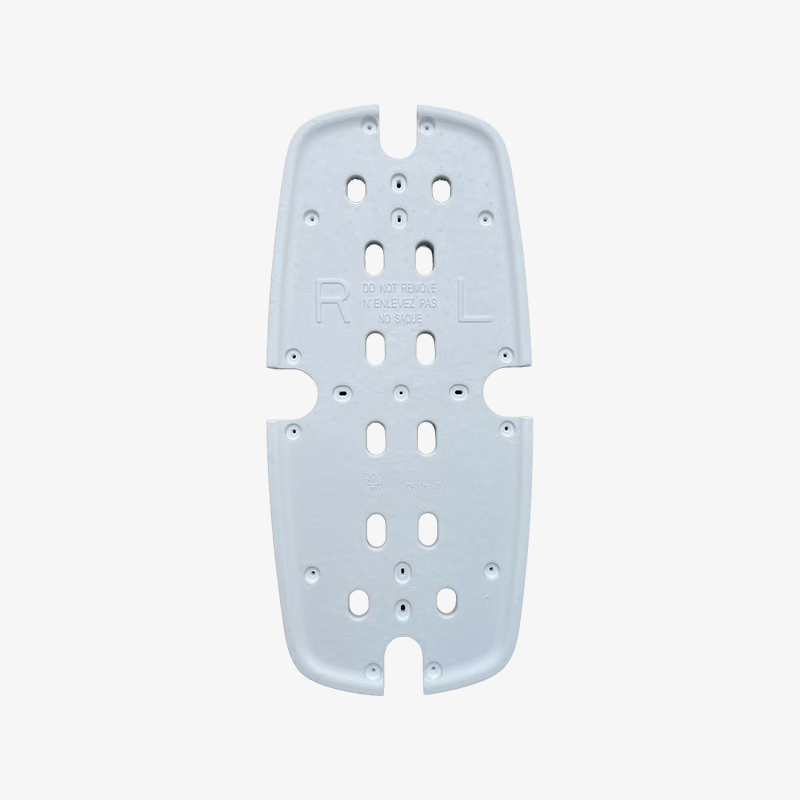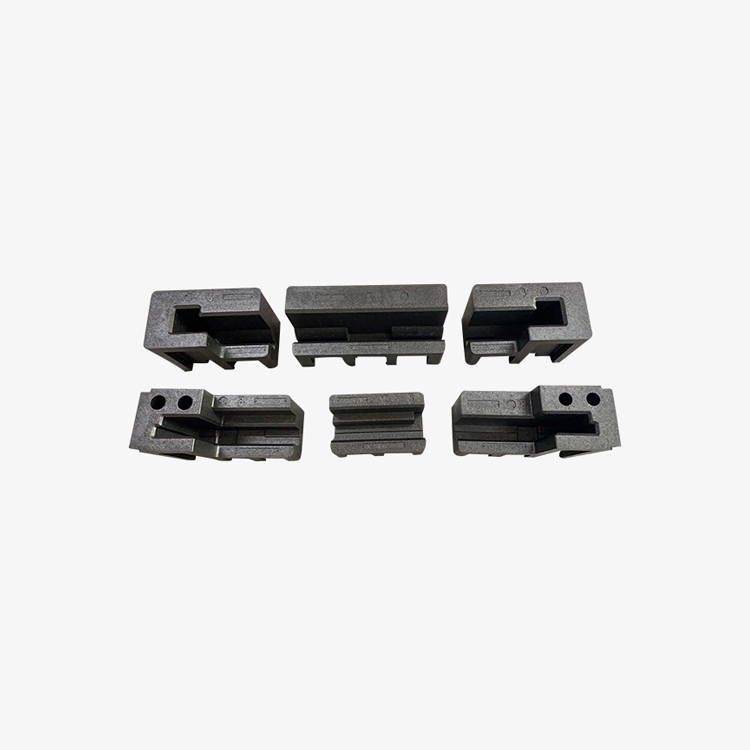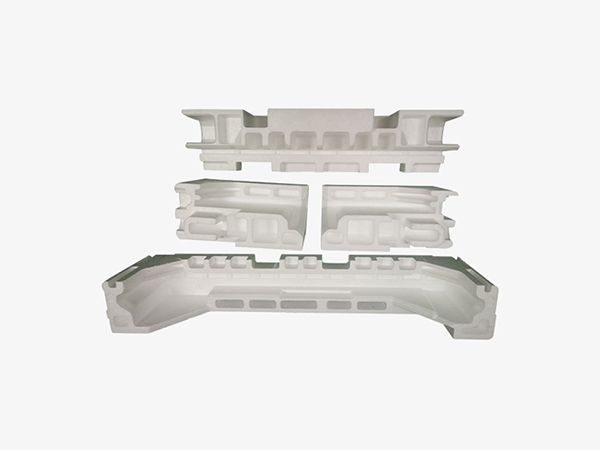The preparation of RIM components is achieved through the RIM unit, and the EPP insulation box unit is one of the key equipment in the RMI process.
For RIM units, it is not only required for the machine to complete the injection operation into the mold, but also to complete the chemical operation, that is, the raw materials composed of various chemical components are injected into the mold under uniform temperature, accurate and stable ratio, sufficient and uniform mixing and other process conditions to form polymer parts of the specified shape.
The working process diagram of the RIM unit can be divided into three parts according to their functions: low-pressure circulation system, high-pressure metering and circulation system, and impact mixing system.
Low pressure circulation system. The low-pressure circulation system mainly consists of storage tanks, circulation pumps, and heat exchangers. After adding materials to the storage tank, the machine is in working condition and cannot be stopped at will. When the RIM machine is working, except for a small amount of injection time and high-pressure cycle time, the machine is mostly in a low-pressure cycle state.
① The process and function of low-pressure circulation. The simple process of low-pressure circulation is that the low-pressure circulation pump extracts the material from the material tank, flows through a heat exchanger, and returns to the material tank through another pathway.
The main purpose of low-pressure circulation is to control the temperature of materials, prevent material stratification, and achieve material homogenization. Low pressure circulation is crucial for the unit.
② Raw material storage tank. Raw material storage tanks are generally made of ordinary low-carbon steel or stainless steel materials, and the inner wall can be coated with a layer of phenolic resin for easy cleaning and also for anti-corrosion purposes. The selection of raw material storage tank capacity depends on factors such as production scale, temperature control, and heat transfer method.
In order to control the activity of reactants and the appropriate viscosity required for impact mixing, the temperature of the material in the EPP insulation box must be strictly controlled. Install a heat exchanger in the low-pressure circulation loop to achieve automatic temperature regulation of the raw materials. For polyurethane RM, the material temperature is generally controlled between 30-65 ℃, and the actual temperature depends on the specific situation. The temperature accuracy should be within ± 2 ℃.

